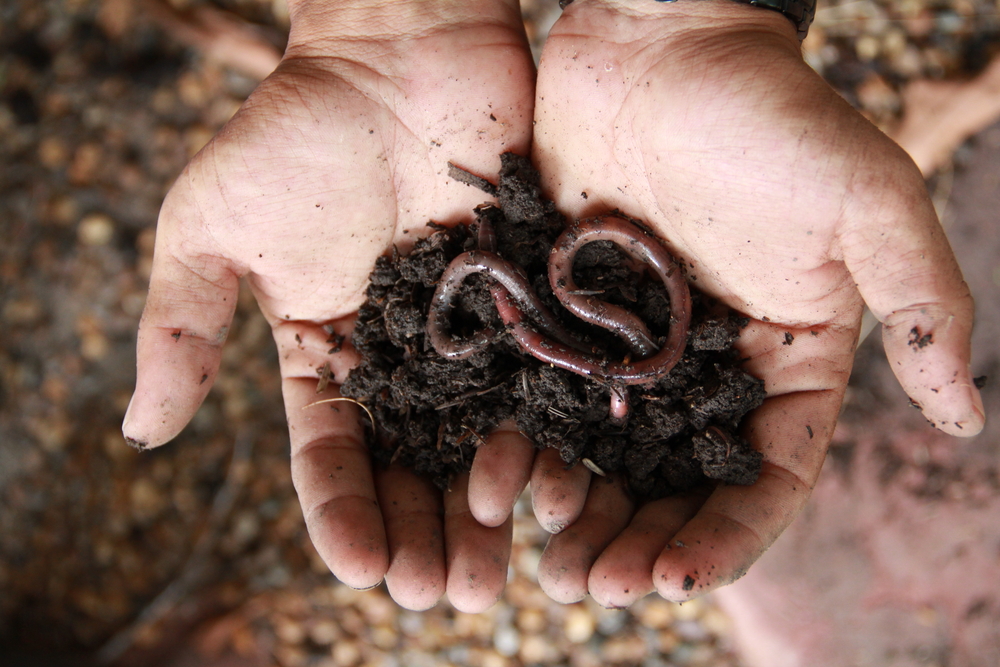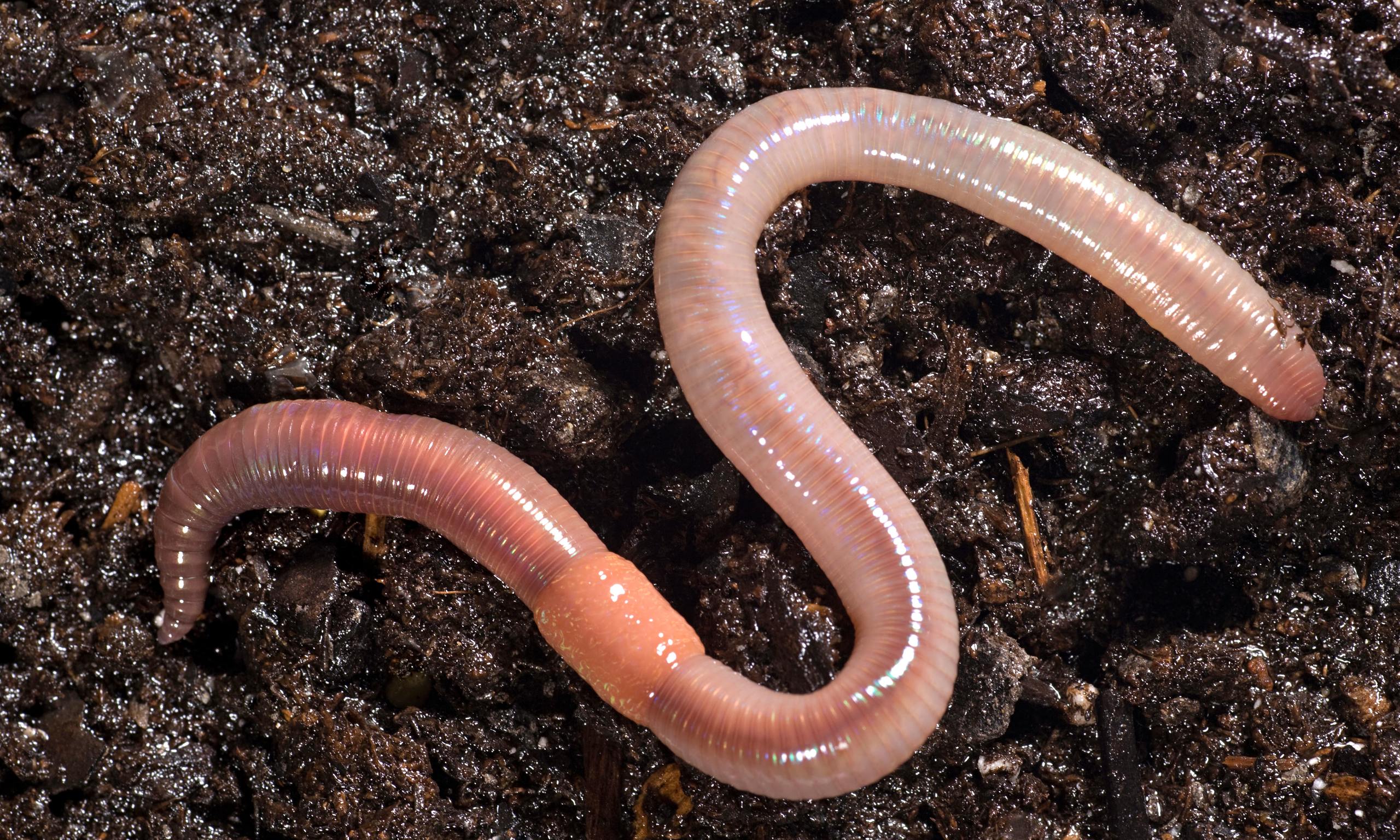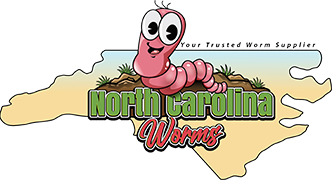Some Of North Carolina Worms
Some Of North Carolina Worms
Blog Article
Some Of North Carolina Worms
Table of ContentsNorth Carolina Worms Fundamentals ExplainedNorth Carolina Worms - TruthsThe Best Guide To North Carolina WormsIndicators on North Carolina Worms You Need To Know
Instance: 1-gallon of worm castings to 4 gallons of potting mix. Do NOT use a potting mix that has chemical plant foods in it. Read the labelit will certainly say. 1/2 mug in the bottom of the growing opening for smaller plants. 1 cup for bigger plants. ie. tomatoes, eco-friendly peppers, summer squash, and so on.
The enhancement of tea can likewise add raised microbial biomass to your dirt. You can always side-dress your plants with worm castings at any moment. Just remember, the microbes will die if exposed to UV rays (Sunlight), so make certain to cover the castings with an inch approximately of soil.
This baffled them for many years until the screening methods became much better. They discovered that plant development and wellness displayed a Bell Curve. It would certainly improve(with even more castings), degree off, and afterwards decrease. They were bewildered. They finally found that excess plant-growth hormones were the perpetrator. A lot of worm spreadings would increase the growth to a rate that the plant could not recoup from.
Unknown Facts About North Carolina Worms
Several herbicides deal with this same principle. 20% by volume seems to be the "Sugary food Area". I have clarified the merits of worm spreadings for regarding 2000 words. What about the opposite of the coin? Nothing is best. Worm spreadings are no various. It takes time to create high quality worm castings.
Worm spreadings absolutely cost more than chemical plant foods. Worm spreadings are on the more affordable end of organic plant foods. (50 gallons per year) It is a much more difficult and really costly investment to generate big amounts of worm castings.

Creating a healthy and balanced dirt may be the best benefit of worm spreadings. We went over worm spreadings NPK and likewise the appropriate nutrient analysis that must apply to worm spreadings.
How North Carolina Worms can Save You Time, Stress, and Money.
We spoke concerning some of the disadvantages connected with worm castings. I covered a great deal of product in this article.
The vertical burrows are usually open, although the worms top the leading with residue and excrement. Origins require oxygen for their development, whereas they generate carbon dioxide that requires to leave the soil.
Earthworms boost porosity by two mechanisms: (1) by creating permanent burrows, and (2) by improving soil aggregation. Gathering is enhanced by the blending of soil and organic matter in the earthworms' intestines. Lake Rhodhiss Bait. These extremely steady aggregates are transferred by some earthworms in their burrows, and by others at the surface area of the soil


In an additional study, earthworms were estimated to take in 4 to 10 percent of the top 6 inches of the dirt every year. Dirt compaction reduces the porosity of the soil.
The Facts About North Carolina Worms Uncovered
Normal earthworm populaces can conveniently eat 2 lots of dry issue per acre each year, partially absorbing and mixing it with soil. The value of earthworms to blend surface residue with dirt comes to be extremely clear in soils that do not have any earthworms. A lot of our Pennsylvania dirts have at the very least some earthworms, and the impact of their total absence, consequently, can not be noted.
(https://www.apeopledirectory.com/North-Carolina-Worms_363016.html)In these dirts, the formation of topsoil with affordable raw material web content did not happen, resulting in bad plant development. When the reason was developed, the government of the Netherlands started a project to present earthworms. After the intro of the earthworms, a dark topsoil layer was developed, and plant development raised substantially.
They live mostly from partially disintegrated organic matter that is currently incorporated in the soil. These varieties consume big amounts of soil that they blend with absorbed crop residue in their intestines.
Their burrows remain open, although they cover the leading with crop residue that they draw to the entry. These varieties ingest significant quantities of soil that they blend with absorbed deposit in their digestive tracts. Their excrement is mostly deposited at the surface area of the soil. The nightcrawler Lumbricus terrestris is one of the most famous participant of this group.
Report this page